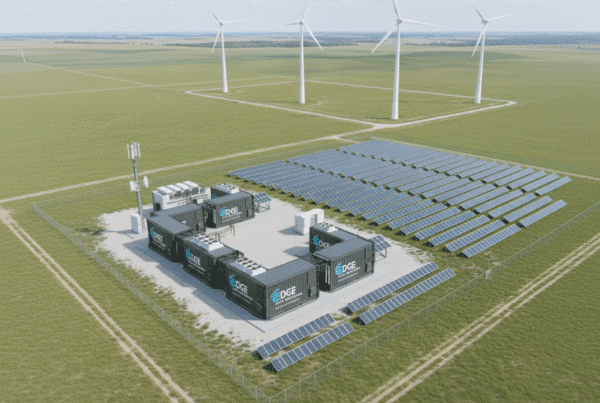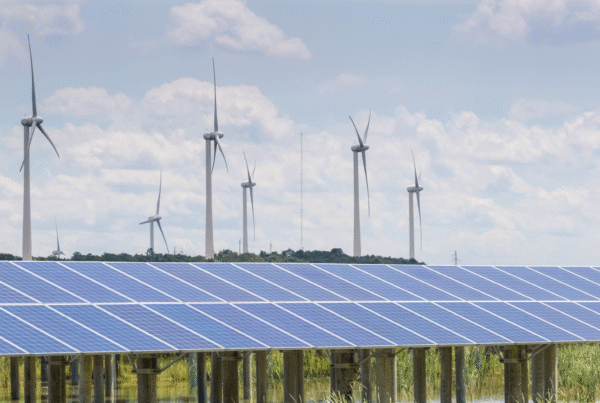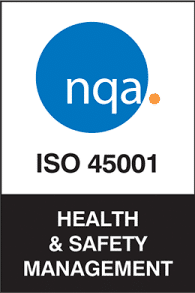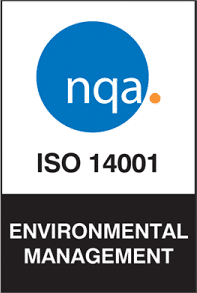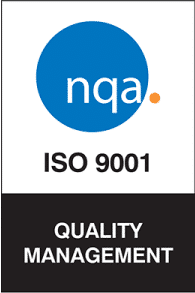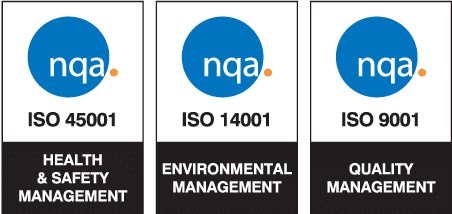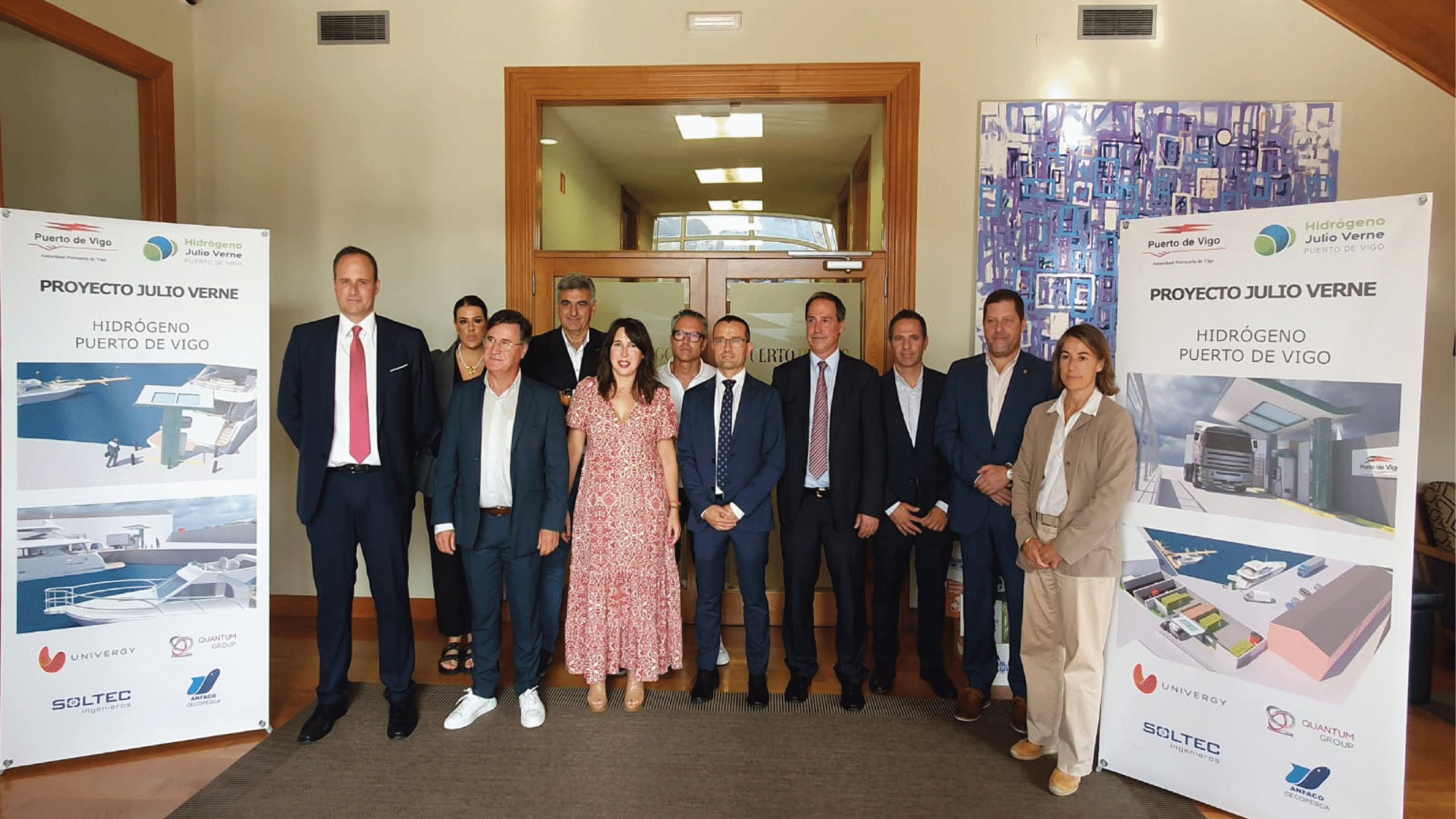
The agreement was signed yesterday by Julio Hidalgo, Director of Development of the Hydrogen Division at Univergy Solar and President of the Julio Verne Project, and the President of Fegaes, Julio César López Vazquez. The event was also attended by the Regional Minister of Economy, Industry and Innovation, María Jesús Lorenzana, and the President of the Port Authority of Vigo, Carlos Botana, among others.
In addition to the production and distribution point that will be set up at the end of 2024 at the Bouzas dock in Vigo, three other dispensing points will be added, possibly in Santiago and between the AP-9 service stations in the areas around A Coruña and Vigo, although these have not yet been specified.
The incorporation of Galician service stations into the project will be “the germ” of a network of service stations in Galicia with the capacity to dispense hydrogen, according to Julio Hidalgo, president of the project.
For his part, Julio César López, expressed the federation’s satisfaction at joining this project, and recalled that the Galician organisation, in terms of the environment, “is way ahead” of the sector in other autonomous communities. He affirms that, if we are united, we will have the first hydrogen corridor in Spain and one of the first in Europe.
The president of the Port Authority, Carlos Botana, pointed out that they are very excited about this project which has not only valued the participation of local companies and talent, but has also become involved in the blue growth strategy of the port itself.
María Jesús Lorenzana, Regional Minister of Economy, Industry and Innovation, also highlighted the value of this project, underlining that it fits perfectly into the Alianza Industrial Galega do Hidróxeno Verde and the energy agenda of the regional administration.
The project has a total investment of 6.5 million euros and a subsidy of 2.4 million euros, and will enable the generation of green hydrogen from 100% renewable sources. In the first phase, 1.4 MW alkaline electrolyser powered by renewable energies will be used to produce hydrogen, capable of generating 570 kilos of hydrogen per day, or in other words, more than 200 tonnes per year, which would be the equivalent of refuelling around 40 heavy lorries.
Learn more about the “Julio Verne” Project



